My view on Ireland’s Military History of 1916…
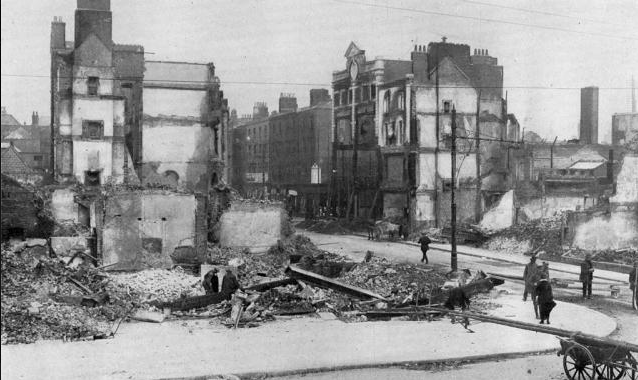
To a greater extent than that of many other countries throughout the world, Ireland’s history has been characterised by conflict. Any attempt to establish an independent country was put down by the sword, imprisonment or deportation.
However there was one such event that became an inspiration for all, that would eventually lead to a war with the largest empire in the world. An empire that comprised a quarter of the world’s land surface as well as a quarter of it’s population.
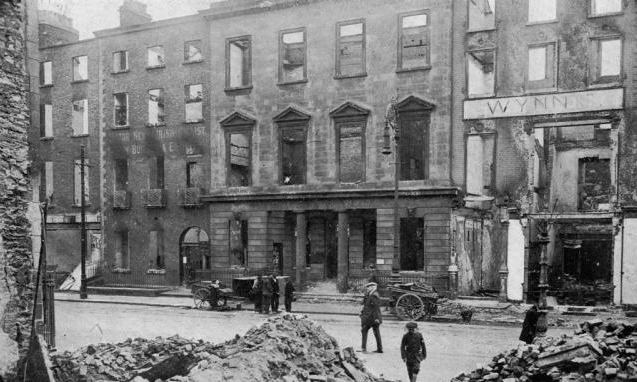
That event was the 1916 Rising in Ireland and it is one of the most important events in the country’s history. There are many books written on the subject and especially the leaders of the Rising. Often called the Poets’ Insurrection, this title is somewhat misleading. It is true that many of those that organised and participated in the insurrection were writers, poets and dramatists but many historians believe that the Rising was organised and led by intellectuals and dreamers, incompetent in military planning and warfare.
I disagree.
Apart from its general ultimate futility the conduct of the insurrection showed greater organisation ability and more military skill than has been attributed to the Volunteers.
These words were spoken by Sir Matthew Nathan, Under Secretary for Ireland, at the Royal Commission of Enquiry in to the 1916 Rising on 18 May 1916.
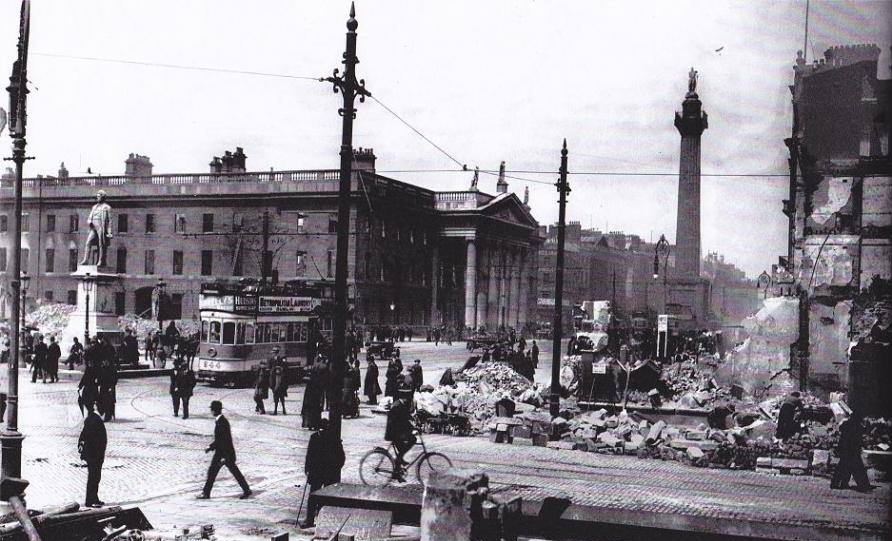
The men and women who organised and took part in the Rising of 1916 were totally committed to the ideals of an Irish Republic, an Independent Ireland, an honest nation. This nation would stand amongst the other nations of the world, that is what they wanted to achieve, that was their legacy and to a certain extent, that is what they did achieve.
Examining the Rising from a military point of view one may deduct that the planned Rising was feasible and that also the British reaction to the insurrection was quick and also well planned, two facts that are often overlooked by historians both in Ireland and abroad.
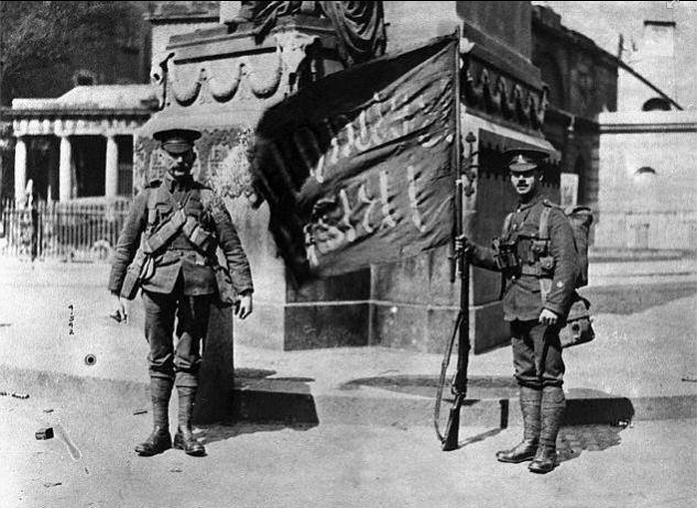
My series of books on the subject will dispel these opinions and give readers a new viewpoint on the 1916 Rising. Many of those that took part were ordinary men and women from different classes united together by one belief, that of an Independent Republic of Ireland.
The Battle of Mount Street Bridge 1916
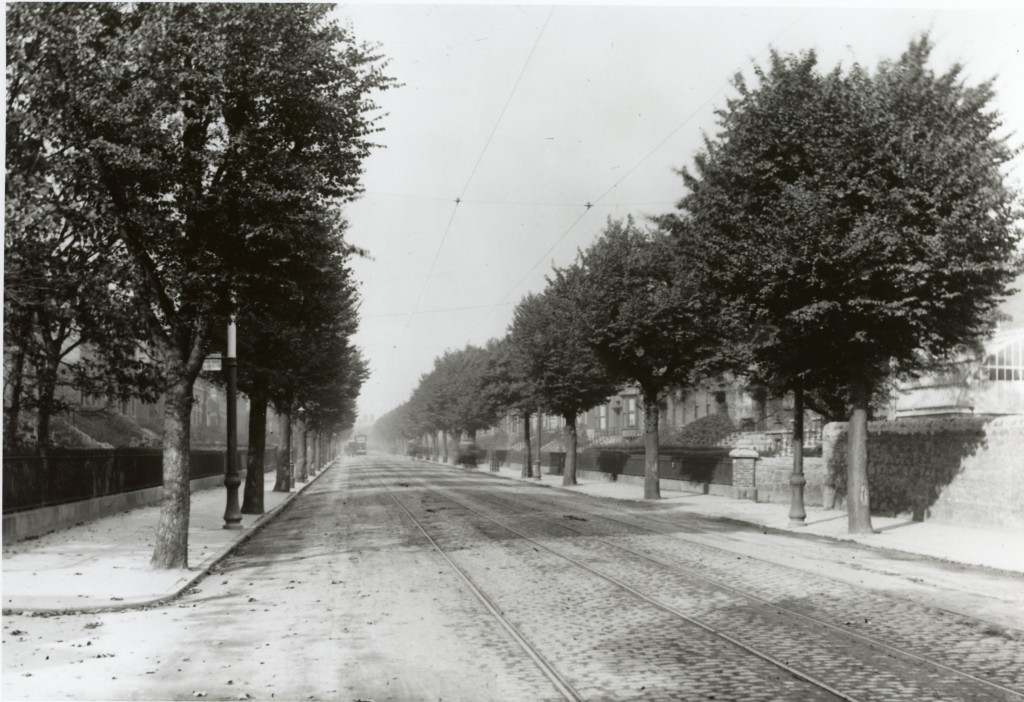
Dublin, Ireland is very far from the killing fields of the Western Front. Yet it was here in the spring of 1916 that thousands of British soldiers found themselves in action in what was then considered the second city of the British Empire.
Click here to read the full article.
The Battle for the South Dublin Union 1916
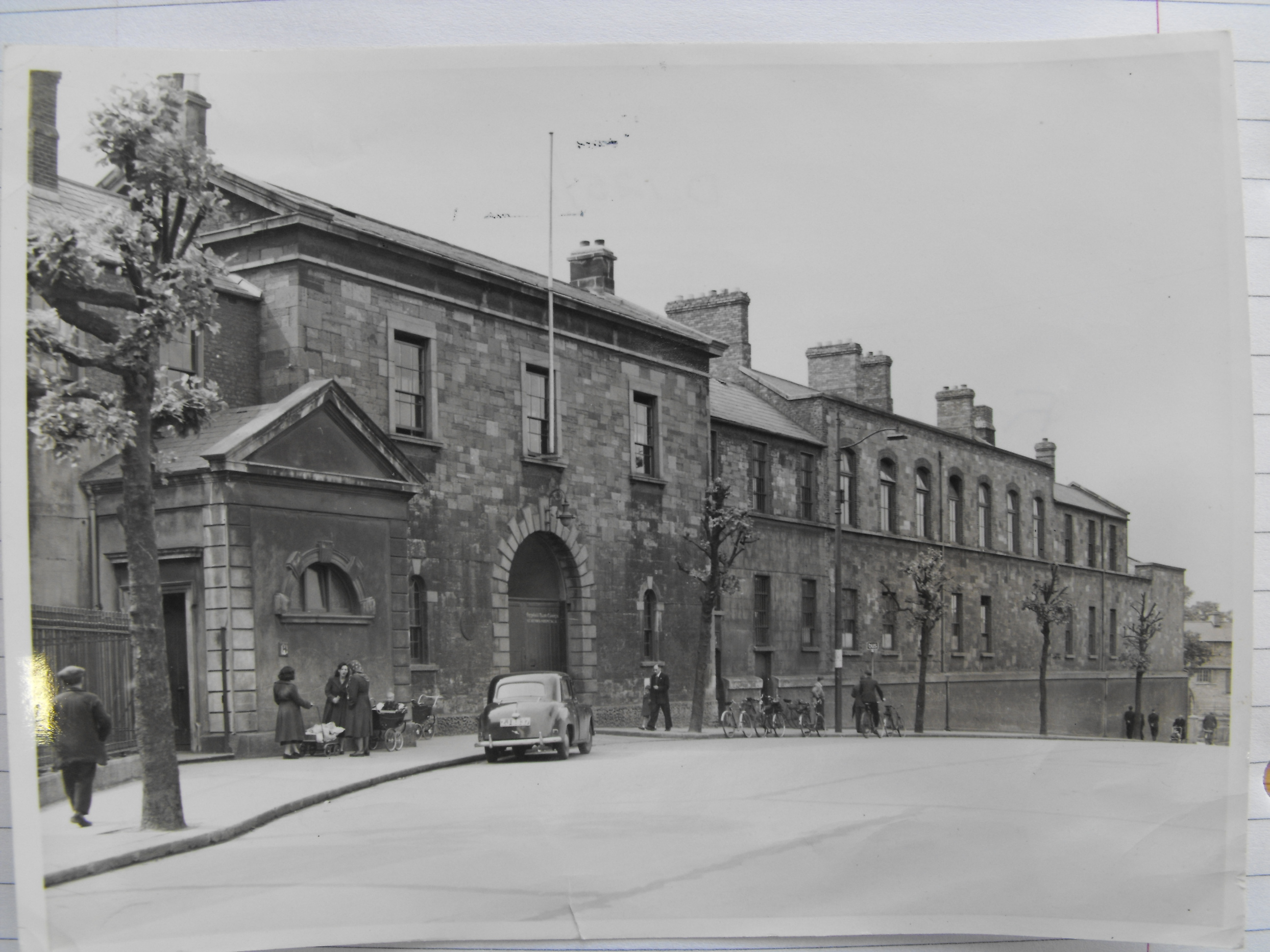
On April 24th 1916, Patrick Pearse declared an independent Irish republic from the steps of the General Post Office on Sackville Street, Dublin. Irish Volunteer forces occupied a number of strategic positions throughout Dublin city. This was to be the beginning of a weeklong bloody conflict that was to become known as the Easter Rising.
Click here to read the full article.
Read all about it, Rising in Dublin City.
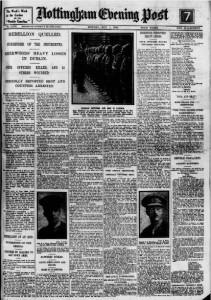 “EMBARKATION OF THE REBELS.
“EMBARKATION OF THE REBELS.
“WEIRD NIGHT SCENE AT DUBLIN.
“VISIT TO THE SHIP.
“A special correspondent of the Press Association telegraphed from Dublin yesterday [1st May 1916]: Besides the extreme damage which has been done in Sackville-street, great destruction has been wrought in Abbey-street, where practically the whole of the buildings have been brought down.
Click here to read the full article.
